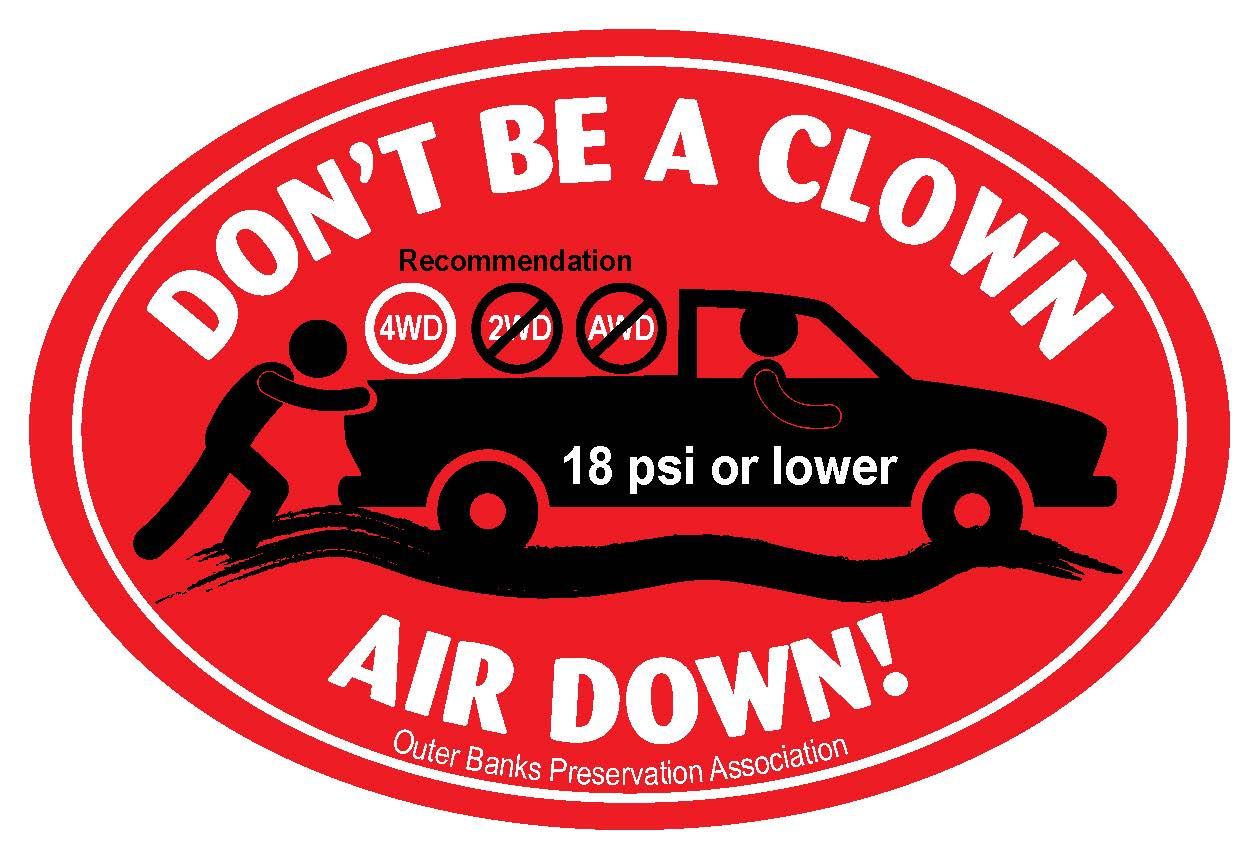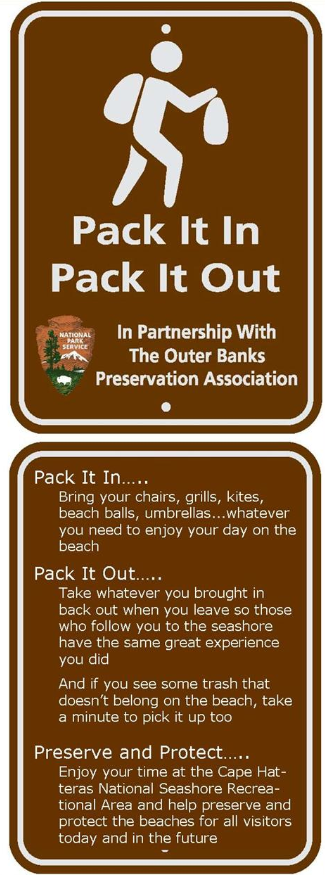Read more.....
Comments by NCBBA/CHAPA/OBPA
On NPS Pre-nesting Closure Recommendations
February 28, 2011
The Consent Decree requires piping plover (PIPL) pre-nesting closures beyond that which is required by the Endangered Species Act (ESA), the Migratory Bird Treaty Act, the NPS Organic Act, and NPS Management Policies 2006. After reviewing the 2011 pre-nesting closures proposed by the National Park Service for Bodie Island, Cape Point, South Beach, Hatteras Spit, Ocracoke, and South Ocracoke, the NCBBA, OBPA, and CHAPA recommend the following changes.
American Oyster Catcher (AMOY) nest sites should not be considered a relevant factor, nor shown on any maps of proposed closures for PIPL since the species was not specifically addressed in the Consent Decree.
Bodie Island – Map #1
- The pre-nesting pedestrian and ORV closure at the southern tip of Bodie Island Spit continues to encompass almost the entire land mass. No (0) PIPL nests occurred in that area during either the 2009 or 2010 nesting seasons. With the dredging, erosion and uncertain accretion on this ever changing spit, this extended closure is unwarranted. Should nesting occur outside of a reasonable pre-nesting closure, it can be enlarged. However, if erosion occurs, there is no provision to relocate these overzealous boundaries. The chance of total closure to the safest youth recreation area north of ramp 23 is too great for the NPS to not allow this minimal request. A minimum 100 ft. corridor should be maintained around the entire spit.
- With no (0) nesting of PIPL near the northwestern border of the pre-nesting closure, NPS should reopen the access corridor from the ocean beach to the “Bait Pond.” This corridor could act as a potential barrier between the predators in these dunes and the potential nesting areas on the spit. This corridor will also help keep this area free of vegetation. This entire area is routinely subject to ocean over wash, as it has for the last three (3) years.
- While it appears that the accompanying maps show some increase in the accessible area to the SW of Bodie Spit, the closure for “Pedestrians Only” from the “Bait Pond” southward is unjustified and unreasonable. As evidenced by the NPS aerial photographs, this family beach continues to accrete from the south to the north. The waters adjoining this beach are shallow and warm early in the spring, allowing families with children (and the untold materials they bring for a day’s enjoyment) to utilize this beach from the “Bait Pond” to the southern tip of the Spit. This genteelly sloped beach with minimal wave action loved by our young visitors should be opened to the maximum for the families that flock there every year in pursuit of a safe beach on which their children may play. If NPS enforcement personnel believe that the beach is currently unsafe for vehicles, it should have a safety closure, not “Pedestrian Only,” until it has grown to an acceptable width.
- GPS readings from 2010 vs. 2011 proposals need to be reviewed. A physical check of the exiting carsonite stake placements almost totally close off access to the southernmost portion of the spit in spite of considerable accretion that has occurred in recent weeks.
Cape Point Map #2
-
Cape Point closure should not eliminate the bypass road. The uncertainty of erosion and high water events make the bypass road critically important to access. The bypass should either continue west of the 2009/2010 nests sites to rejoin the access corridor further south, or the bypass should be shortened to join the access corridor further north.
- Relocate the most northern / east pre-nesting closure line, to the southern most point of the bypass trail. This can be allowed because of the natural dune barriers that provide protection of the various bird species from ORVs and pedestrians. These provisions are allowed under the Piping Plover Recovery Plan.
- Move east facing pre-nesting closure line 50m to the west to accommodate reasonable closure expansion. Maintain access to Cape Point to the greatest extent possible.
- Should restore plover habitat on the south and west side of the Salt Pond to encourage plover nesting to safer interior areas, keeping natural dune barriers to protect species.
South Beach Map #3
- Should restore plover habitat on the south and west side of the Salt Pond to encourage plover nesting to safer interior areas, keeping natural dune barriers to protect species.
Over-Wash Fans Map #4
- The availability in 2011 of Pole road as an ORV route to Hatteras Spit is a welcomed improvement to accessibility to the Hatteras Spit area.
- Eliminate Hatteras Spit Over-Wash Fans area pre-nesting closures. This area has no (0) history as plover breeding /nesting areas.
Hatteras Spit Map #5
- The availability in 2011 of beach and sound access at the terminus of Pole road is a welcomed improvement to accessibility to the Hatteras Spit area.
- Eliminate Hatteras Spit pre-nesting closures. Hatteras Spit has no plover habitat. NO areas of PCEs (Primary constituent elements.) Erosion has all but eliminated plover habitat, back interior dune area. No plover nesting activity has occurred at this location in years due to the lack of suitable habitat.
- A 100 ft. access corridor should be maintained around Hatteras Spit.
Ocracoke – Map #6
- Maintain flexible 100 ft. corridor around spit.
South Ocracoke – Map #7
- Maintain flexible 100 ft. corridor around spit.


